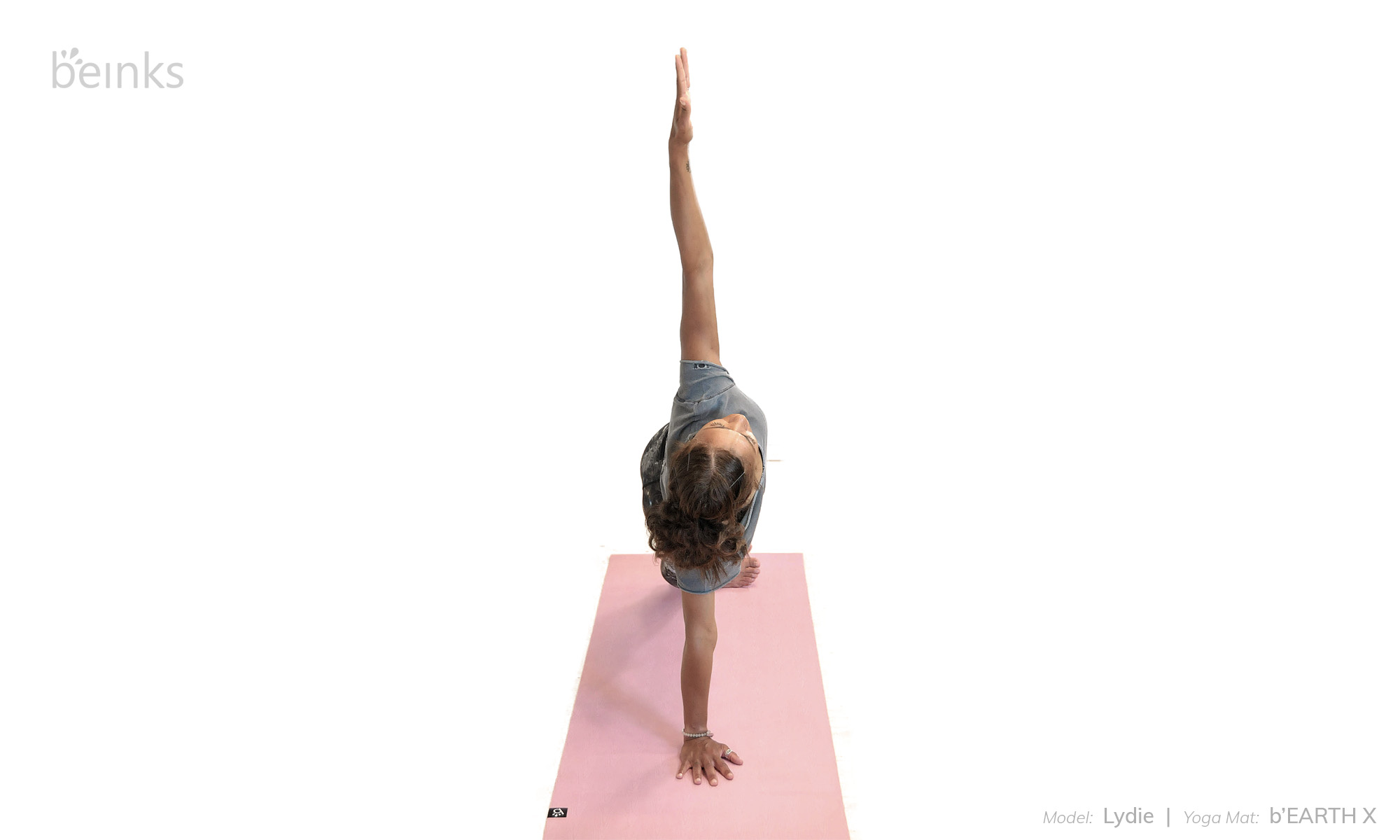Summary of Contents
About the pose
The most important part of the practice of Vasisthasana (Side Plank Pose) apart from strengthening the arms and shoulders or engaging the core muscles is learning to align the body, especially the spine. While every yoga poses needs to focus on the alignment of the body, Side Plank Pose draws a deeper attention to this, since the body must balance on one side of the shoulders, wrists, foot and hips, and any change or shift in the spine or hips can cause injury or discomfort to the shoulders and wrists.
The practice of Vasisthasana (Side Plank Pose) acts a foundation poses and prepares students for a more challenging variation like Kapinjalasana (Partridge Pose) or even any of the variations, that can form part of the yoga sequences for biceps and triceps.
Anatomy
- Arms and Shoulders
- Biceps and Triceps
- Core (Abs)
- Legs
- Hips
How to do the pose
- Start in Plank Pose, pressing firmly through your hands with your shoulders aligned over your wrists.
- Keeping your core muscles and legs engaged, roll both your heels to the right.
- Stack your left foot on top of the right.
- Draw your legs together and push out through the feet.
- Press down through the right hand and raise your left hand. Keep your lower belly engaged and your tailbone long.
- Look up to your hand, or ahead of you.
- Build up to stay in the pose for 5 breaths.
- To come out, exhale as you lower your left hand and pivot your feet back to Plank position.
- Repeat on the other side.
Beginners tips
- Keep the lower knee on the floor to support you as you build up strength in the arms and core.
- Or instead of stacking the feet bring them apart slightly so that the outer edge of the right foot and the inner edge of the left foot are both on the floor. Or bend the top leg and put the foot flat on the floor in front of you – keeping the lower leg straight as in full Side Plank.
- Pressing firmly through the hand will help you get lighter in the upper body. This is the press-rebound effect.
- Squeeze the legs together to keep them strong and engaged.
Benefits
- This is a great pose for strengthening and toning the arms, core and legs.
- It also tests your balance helping to improve focus and concentration
Watch out for
- Keep your shoulders aligned over your wrists and press the base of your fingers down, to protect your wrists.
- If you are extra flexible in the elbow joints you may need to keep your arm very slightly bent to avoid over-extending.
FURTHER READINGS
- The complete yoga teachers’ guide – How to learn, earn & grow
- Free yoga resources – eBooks, music, asanas
- Yoga mat quiz – Which yoga mat is the best for me?
- Understanding about yoga
Variations
- Bring the foot of your upper leg onto the inner thigh (into Tree pose) keep the hips lifted high and push through the lower leg to keep it strong.
- To come into the full variation of the pose, exhale and bend your upper leg. Hook your big toe with your fingers, inhale and straighten your leg to the sky.
Credits
| Model | Lydie |
| Yoga Mat | b’EARTH & b’EARTH X by Beinks |
| Photographer | Sophie Dupont |
| Content | Tummee & Ekhart Yoga |



